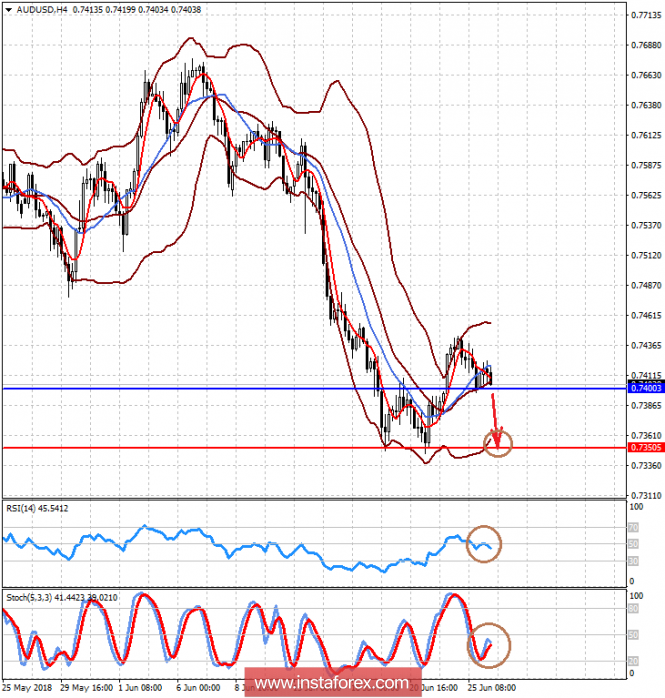
The theme of the trade wars did not let investors out, continuing to exert a major influence on world markets, including foreign exchange.
Market participants closely followed the statements of American influential people and, of course, the tweets of D. Trump and the implications behind it. On Monday, US Treasury Secretary Steven Mnuchin confirmed the media's fears that the US will do everything to impede China's further technological development by camouflaging these explicit actions, saying that measures aimed at restricting investments will not only work against Beijing, but also other countries that steal technology from America.
This message confirms all of the worst market expectations and indicates only the escalation of the trade conflict, primarily with respect to China. The latter, in turn, weakened the RMB today against the dollar by 44%, responding to the latest Washington actions. Earlier, we pointed out that such actions could inflict great damage on American exporters, since their products will become expensive for the already slightly wealthy Chinese citizens, which means that it will deal a heavy blow to the demand for goods from America.
The largest investment banks, according to the information agency Bloomberg, continue selling the currencies of countries with developing economies. The main reason for this is the fear that the national currency rates will fall against the dollar. We also agree with this position, since we believe and have previously repeatedly pointed out that the trade wars will damage the movements of capital in developing economies. Investors from economically developed countries will try to avoid buying the currencies of emerging economies and invest money in these countries amid the escalation of the trade wars that forced them to withdraw assets and place capital largely in defensive assets.
Considering such prospects, we believe it is possible to sell currencies of developing countries, with the exception of Russia. The ruble is likely to continue to move in tandem with the dollar in a sideways trend, supported by the tight monetary policy of the CBR, obligatory currency sales by exporters in the domestic foreign exchange market, and the still high prices for crude oil. As for the probable dynamics of the major currency pairs, here we expect the continuation of the lateral dynamics with the exception of pairs, where the Swiss franc and the Japanese yen are traded against the dollar.
Forecast of the day:
The EURUSD pair is trading below the level of 1.1700 on the wave of profit-taking after yesterday's speculative growth due to the statement of the head of the Central Bank of Lithuania that the issue of raising interest rates in the ECB could already be considered in September 2019. On the wave of acting out this news, the pair may fall to 1.1600-15.
The AUDUSD pair is above the 0.7400 mark, the intersection of which could lead to a drop to 0.7350 amid the escalation of the US-China trade war.

